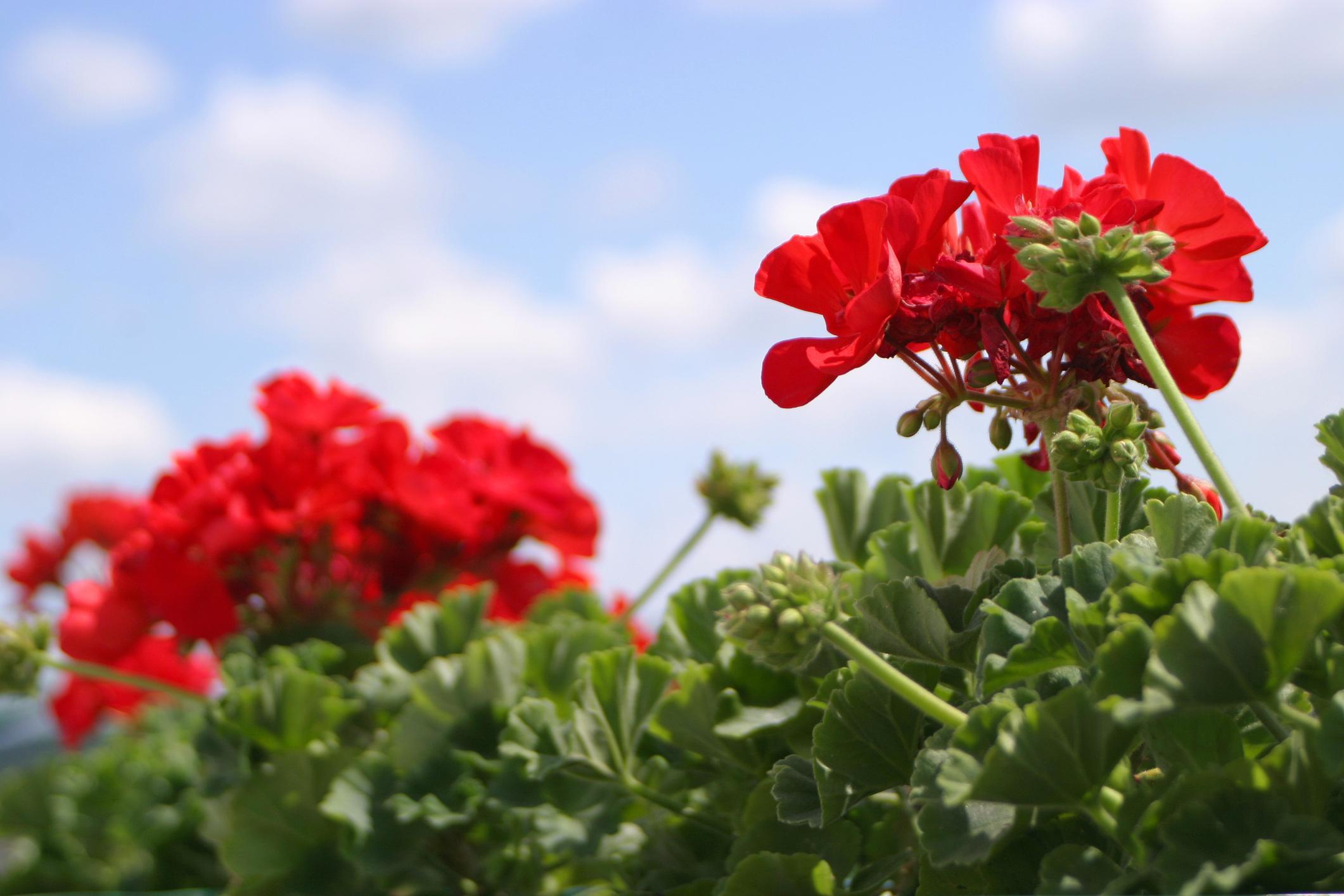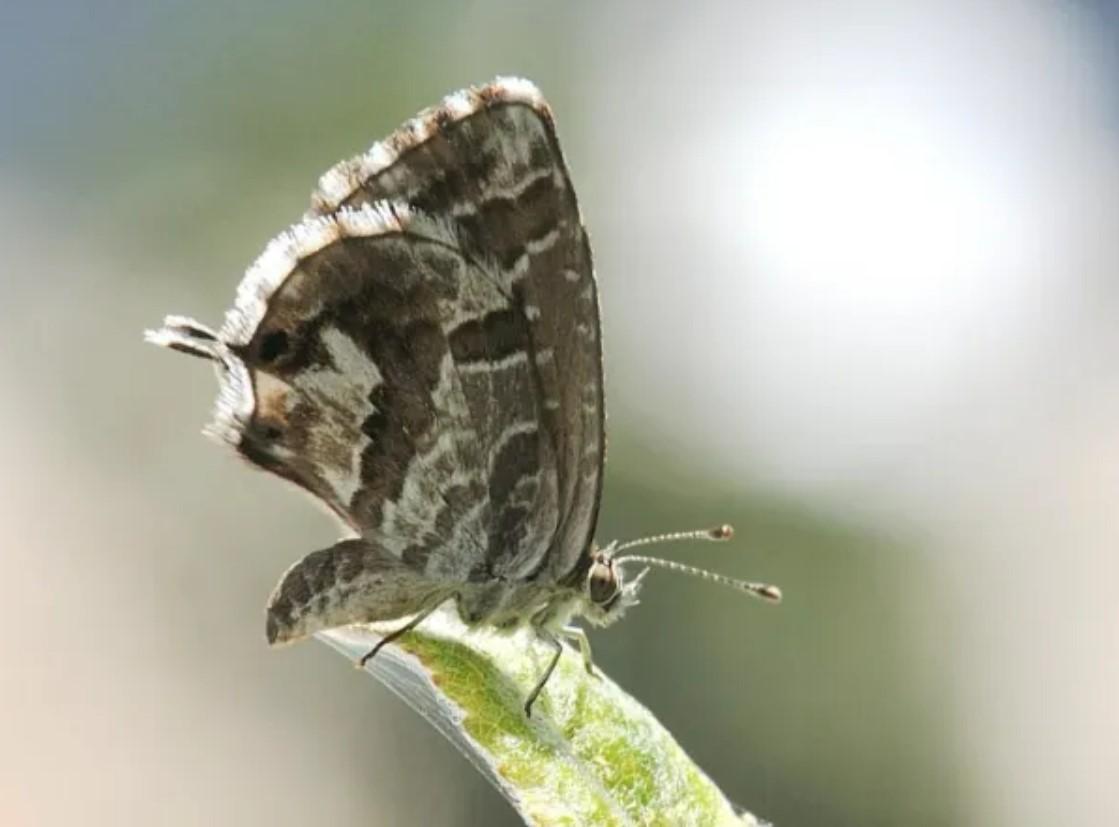How to Care for a Geranium


Geranium is one of the most common ornamental plants in gardens around the world. Geranium is a genus with 422 species of annuals, biennials, and perennials, also known as cranesbills. This plant is very aesthetically pleasing with its numerous, eye-catching flowers, which range from red, pink, and white to rarer colors such as purple, yellow, and orange. This plant is also used in natural cosmetics, and its oil is often used to treat skin problems or discomfort from bumps and bruises.
The following article from thedailyECO explains how to care for a geranium and what properties it has.
Types of geranium plants
Common geraniums belong to the genus Pelargonium, while true geraniums belong to the genus Geranium, which includes the crane's beak geranium, a similar but different plant. Both belong to the Geraniaceae family. Originally, both genera were classified as geraniums, but in 1789 the two genera were separated. The common name geranium continues to be used for both geraniums and pelargoniums. But growers, florists, and gardeners alike have resisted the name change and continue to refer to pelargoniums as geraniums.
Among the most popular species of Geraniums we find:
- Geranium columbinum
- Geranium dissectum
- Geranium dolomiticum
- Geranium lucidum
- Geranium molle
- Geranium nodosum
- Geranium phaeum
- Geranium pratense
- Geranium pusillum
- Geranium pyrenaicum
- Geranium robertianum
- Geranium rotundifolium
- Geranium sanguineum
- Geranium sylvaticum
- Pelargonium angustifolium
- Pelargonium graveolens
- Pelargonium cotyledonis
- Pelargonium sidoides
- Pelargonium citrosum
- Pelargonium insularis
- Pelargonium hortorum
Following our introduction to many of the most popular species, we give instructions on how to care for geraniums. Additionally, it is useful to note that different species might have slightly varying care requirements, making it essential to understand the specific needs of the geranium variety you are cultivating.
Geranium light and location
Geraniums are plants that need a lot of sun. Regardless of what type of geranium it is, it is important that they be in full sun in both summer and winter.
It is equally important that during the coldest periods they are sufficiently protected from low temperatures and especially from frost. If you live in a place where winters are particularly cold, you should bring geraniums indoors during these cold periods. In such places, it is better to always keep them in a pot. Once they are in the house, you should place them near a window with plenty of light. Geraniums thrive in temperatures ranging from 50°F to 60°F (10°C to 15°C), so maintaining this range can promote healthier growth.

Geranium watering
As for watering, it is important to water them frequently, especially in the summer months when evaporation from the soil is greater. They generally do well with moist soils. However, it is recommended not to flood the pots to avoid the possibility of root rot. On the other hand, during the winter months, watering should be reduced, as the plant's growth slows and its water needs decrease. Observing the top inch of soil is a good practice; if it feels dry to the touch, it's time to water.
Geranium fertilizer
Geranium is a plant that needs regular fertilizing if you want the geranium flowers and the plant itself to be strong and bright. To do this, it is best to dilute a small natural fertilizer suitable for geraniums in the water for watering every 15 days or once a month, especially in the spring and summer months.
It should be noted that over-fertilizing can damage the plant, leading to excessive foliage growth at the expense of flowers. Therefore, following the recommended dosage on the fertilizer package is crucial. Additionally, using a balanced fertilizer with an equal ratio of nitrogen, phosphorus, and potassium can ensure the plant receives all the essential nutrients for optimal flowering.
Geranium pruning
The geranium plant needs to be pruned at regular intervals. There are two times of the year when pruning the geranium is especially important: early spring and early or mid-autumn. In the spring, so that the plant gains strength in anticipation of the new flowering season, and in the fall to remove the remains of branches and withered flowers.
Also, keep in mind that the flower of geranium usually dries up after a few days. When this happens, it is essential to prune these dried flowers independently of the rest of the plant. In this way, the geranium plant can best focus on new flowers and grow healthy and strong. Furthermore, removing dead or diseased leaves at any time of year can prevent the spread of disease and improve air circulation around the plant, contributing to its overall health.

Geranium diseases and pests
Pests of geraniums are very common. The defoliating caterpillar, one of the most common pests of geraniums, is easily recognized by its size and the bite marks it leaves after eating the leaves.
Geraniums are also susceptible to pests such as geranium butterflies, ants, aphids, whiteflies, and spider mites. For this reason, it is important to use an organic insecticide as soon as these pests are detected, as they can irreparably damage the geraniums.
It should be noted that maintaining a clean growing environment can help reduce the risk of pest infestations. Regularly removing dead leaves and debris around the plant can eliminate potential breeding grounds for these pests. Additionally, introducing natural predators like ladybugs can help control aphid populations naturally without resorting to chemical treatments.

Geranium meaning
The common name geranium has an interesting history. The name geranium comes from the Greek word geranos, meaning crane, because the seedpods of the plant resemble the beak of a crane. Geraniums symbolize good luck, good health, and friendship. The flowers are often given as housewarming gifts and bring good cheer to the home all year round.
We find that the geranium can have different cultural meanings depending on the color of its flower:
- Red: I prefer you or I like you.
- Dark red or garnet: melancholy.
- Pink: affection and harmony.
- White: purity and happiness.
- Yellow and orange: joy and positivity.
Although usually associated with positive emotions, this is not always the case. In Victorian times, a geranium was often seen as a symbol of stupidity or folly. In some cultures, geraniums are also believed to offer protection and are planted near homes to ward off evil spirits.
Geranium essential oil
The essential oil of geranium has similar properties to rose oil, but it is much cheaper because it is more readily available. Geranium essential oil is used, among other things, as a facial tonic for the care and treatment of skin diseases such as acne or atopic skin.
Likewise, it has the ability to relieve pain and inflammation when applied directly to the skin after a blow or bruise. Finally, geranium essential oil is also an excellent tonic that moisturizes the skin and can be used for both the face and the rest of the body.
Here are some of the properties and benefits of geranium essential oil:
Properties
- Analgesic
- Anti-inflammatory
- Antibacterial
- Antiseptic
- Astringent
- Haemostatic
- Spasmolytic
- Vulnerary
- Relaxing
- Febrifuge
Benefits and uses
- Facilitates relaxation
- Relieves muscle pain and neuralgia
- Helps stop minor bleeding
- Relieves menstrual cramps
- Improves blood circulation
- Relieves the pain of varicose veins
- Soothes tired legs
- Reduces fatigue
- Helps reduce fever
In addition to these uses, geranium essential oil is often employed in aromatherapy for its soothing scent, which is believed to alleviate stress and anxiety. Its versatility makes it a valuable addition to any natural remedy collection.
If you want to read similar articles to How to Care for a Geranium, we recommend you visit our Plant care and cultivation category.
- Allaway, Z., Leendertz, L., Hendy, J., Jarrín, T., Rodríguez, X., (2011), Encyclopedia of Gardening. Ideas to grow practically everything. Royal Horticultural Society , Barcelona, Spain, BLUME.
- Cebrián, J., (2012), Dictionary of medicinal plants , Barcelona, Spain, Integral RBA Books.
- Worwood, VA, (2018), Essential Oils and Aromatherapy , Madrid, Spain, Gaia Ediciones.








